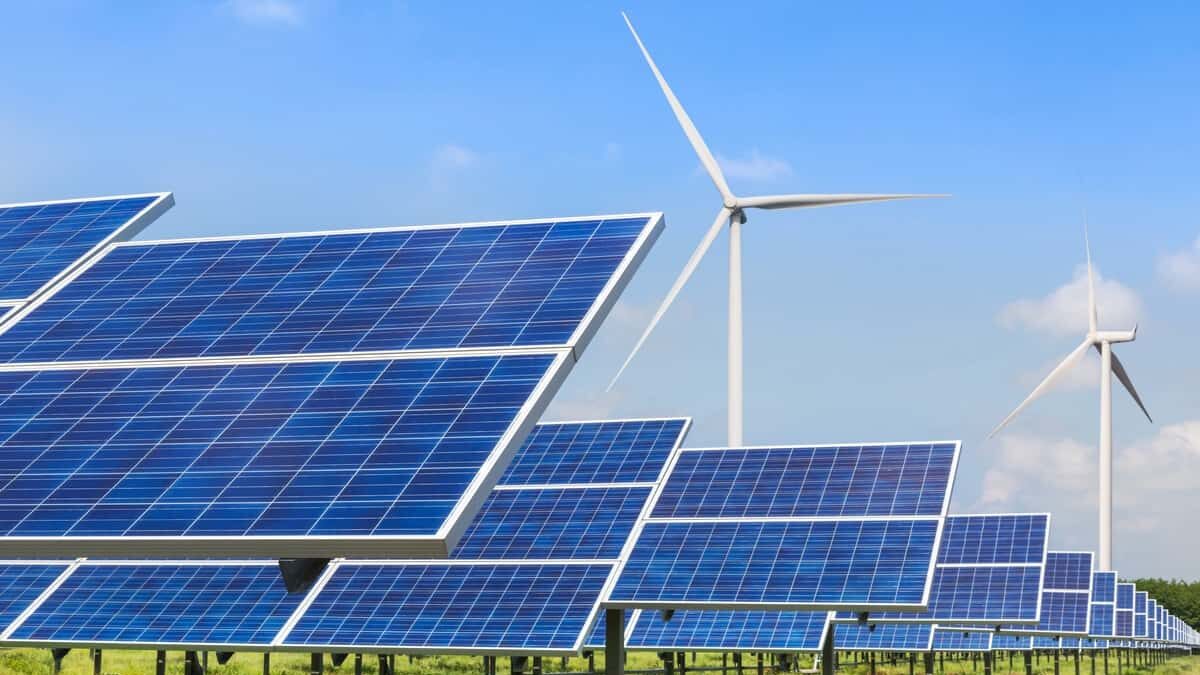Last week, the Wheatbridge Renewable Energy Facility in Eastern Oregon was commissioned, as per CleanTechnica. It is the fourth and largest hybrid wind, solar, and battery storage facility in America.
“The combination of resources that is most valuable to the grid is going to depend where you put it,” Jason Burwen, vice president of energy storage at the American Clean Power Association said. “I hope that this is simply the starting gun for an interesting race to innovate multiple technology choices onto a single site to provide the grid with the power it needs exactly when and where it needs it.”
There are projects that use renewable energy sources such as BLUETTI Power Inc’s new portable and solar energy solutions, however, few utilize hybrid wind, solar, and battery storage at the same time.
Wheatbridge was built by NextEra Energy Resources for use by Portland General Electric. The installation includes 300 MW of wind, 50 MW of solar, and 30 MW of battery storage. The system uses electricity from the solar to charge the batteries while the storage can give continuous power for 4 hours.
“It’s because of projects like Wheatridge that Oregon is leading the way in growing our clean energy economy. Under my administration, Oregon has taken a comprehensive approach to reducing our carbon emissions and moving Oregon towards 100% clean energy on one of the most ambitious timelines in the nation. I firmly believe we can move to 100% clean electricity sources and create good-paying jobs in rural Oregon at the same time.” Oregon Governor Kate Brown said in a press release.
Notably, there are several advantages worth mentioning. Wind turbines generate electricity whenever the wind blows, whereas solar panels function best when the sun shines. Plus, with the battery storage means none of the electricity produced goes to waste. In addition, hybrid systems like Wheatbridge only need one transmission line connecting it to the larger grid. As transmission lines can often be one of the most costly features of a renewable energy hub.
This is an important example of the kind of project that can help in decarbonizing electrical supply, and further make the grid reliable, reduce pollution, and extend contributions to climate change.

